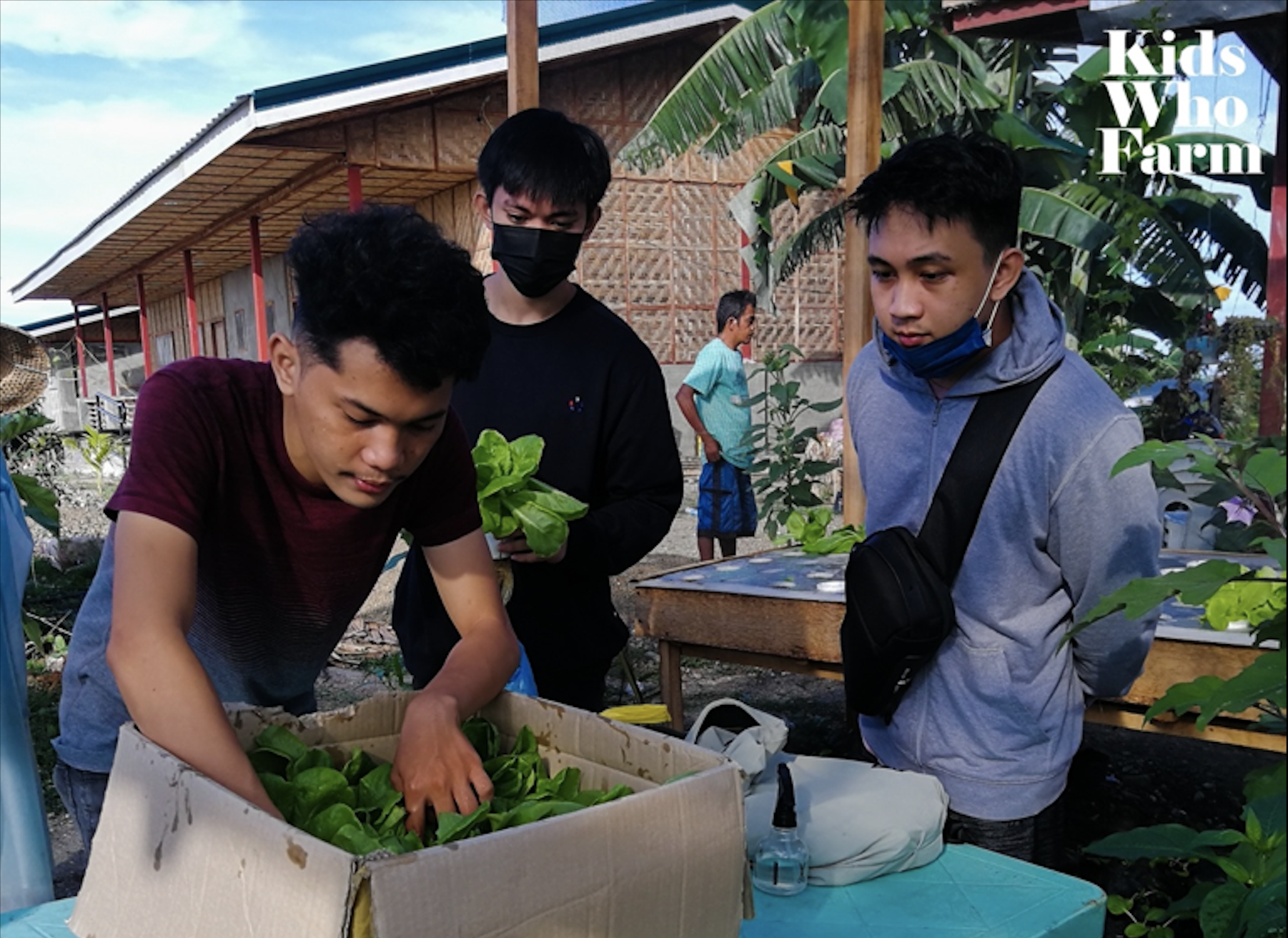Many developing countries support their farmers by subsidizing fertilizer to improve crop yields. This column explores what factors constrain fertilizer application in India, with a focus on institutions of informal insurance, which push farmers to put in less effort and use less fertilizer than they otherwise would. The author concludes that fertilizer subsidies can be a powerful tool for combating the productive drawbacks generated by informal insurance.
Governments around the developing world devote massive national resources to subsidize fertilizer. Just to give an example, in 2016, the Indian government spent about $11 billion – 0.5% of the country’s GDP – on fertilizer subsidies.
Fertilizer subsidies play a critical role in developing countries. Hundreds of thousands of people make their livelihoods in the agricultural sector, and fertilizer use keeps lagging what agricultural experts recommend. Agronomists argue that applying more fertilizer would increase crop yields substantially. This would, in turn, enhance farmers’ standards of living considerably.
So the question arises: if there are tremendous returns to higher fertilizer use, why aren’t farmers using more of it?
A widely accepted explanation is that some factors are restricting farmers from using the recommended amounts of fertilizer. Uncovering what these factors are is crucial for understanding the effects of fertilizer subsidies and how much governments should subsidize fertilizer.
There are many reasons why fertilizer application might be sluggish. Farmers may lack the resources to buy the recommended amounts. There might be shortages of complementary inputs. Available fertilizers may be adulterated. And behavioral biases might push away farmers from the goal of maximizing agricultural yields.
In recent research, I show the importance of risk-sharing arrangements in holding down fertilizer use in rural India. I then analyze how the government can use fertilizer subsidies to fight the inefficiencies that come along with these arrangements, improving farmers’ economic wellbeing.
Farmers in developing countries experience sizeable ups and downs in crop yields, as a result of weather, illnesses, and pests, among other things. They insure themselves against these risks by relying on risk-sharing arrangements: farmers share food and money to make sure that everyone makes it through tough times. These institutions of ‘informal insurance’ are ubiquitous in rural villages, where formal insurance schemes are often absent.
Economists have long recognized and empirically demonstrated that risk-sharing gives rise to the problem of ‘moral hazard’, just like any kind of insurance: being insured against bad outcomes pushes farmers to cut down their effort in agricultural production, inducing them to give away higher yields in exchange for more leisure.
On the other hand, research on technology adoption shows that effort and fertilizer are complementary inputs: besides the labor required to apply it, fertilizer spurs weed growth, which takes additional labor in the form of hand-weeding.
I combine this evidence from research on technology adoption with the idea of moral hazard and argue that risk-sharing (which induces farmers to curtail their effort) decreases the productivity (and hence the profitability) of fertilizer, ultimately leading to fertilizer being under-demanded.
I undertake the analysis in the context of 18 villages in the Indian semi-arid tropics. The data come from survey interviews conducted at a monthly frequency from 2009 to 2014 and covering more than 700 households.
The effect of risk-sharing on fertilizer used and hours worked by Indian farmers is large: relative to a scenario in which there is no insurance, a fully insured farmer would on average decrease fertilizer use by four times and reduce hours worked by more than six times.
How would a fertilizer subsidy affect the harmful effects of risk-sharing over fertilizer adoption rates and hours of work? What would be its consequences for farmers’ economic wellbeing?
Besides cutting production costs, a fertilizer subsidy can increase wellbeing for all because, by inducing farmers to buy more fertilizer, it pushes them to exert more effort, thereby weakening the bite of the moral hazard problem. More effort and more fertilizer result in higher yields – and hence more consumption for everyone.
A subsidy that would cut the observed prices of fertilizer in half would result in much higher consumption to increase the average farmer’s wellbeing by 51%.
My results are important in two respects. First, they show that risk-sharing arrangements, which are widespread village institutions, have a sizeable negative effect on fertilizer application and working hours.
Second, my results demonstrate a new channel through which fertilizer subsidies can increase farmers’ economic wellbeing: by lessening the productive inefficiency of the moral hazard problem that comes along with informal insurance.
When discussing fertilizer subsidies, not everyone is on the same side, as research suggests that fertilizer use at excessive rates can have negative effects, ranging from soil degradation to damages to human and animal health. But far from being a perfect solution to rural poverty, fertilizer subsidies can prove extremely useful in countering the productive hindrances brought about by village insurance institutions.






